Stainless steel compensators are used in appliances, machines, apparatus and pipe systems where space is restricted:
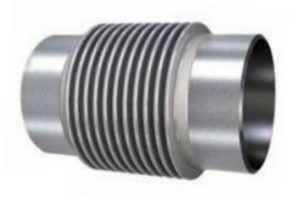
STAINLESS STEEL BELLOWS
Structure
Axces stainless steel bellows are available in a variety of structures and versions. The steel bellows is the flexible element of every compensator. It must fulfil the requirement for good movability with simultaneous pressure resistance. Variable parameters (wall thickness, number of plies, convolution geometry, number of convolutions) determine the pressure resistance, movement absorption and spring rate (self- resisting force) of the bellows. Oneply, two-ply and multiply bellows are manufactured from various materials with different wall thicknesses.
The calculation methods ascertain the stability limits. The ability to withstand buckling is the prime criterion for smaller bellows diameters, whereas in larger bellows diameters it is convolution stability.
Material qualities
Axces compensator bellows are manufactured from top quality sheet metal. Different material qualities are used to cover the many operating conditions in various industrial applications. The outstanding characteristic of the steels and alloys is their particular resistance to chemically aggressive liquid media. Please ask our Technical ConsultingService for detailed information about the media resistance of individual materials.
RATING & SERVICE LIFE
Stainless steel bellows, as a rule, are rated for a temperature of +20 ° C, the nominal pressure and a load of 1000 load cycles. One load cycle refers to the procedure beginning at zero position, from where the compensator moves to the maximum elongation (positive) position, back through the zero position to the maximum compression (negative) position, and back to the zero position.
Pressure and temperature shocks must be avoided. It is important not to exceed the permitted maximum values. Incorrect installation can be prevented by compliance with the installation and assembly instructions. In the case of unrestrained compensators, the absence of fixed points can cause the pipeline to shift. This usually destroys the compensator.
Download below the productsheets for the Compensators.
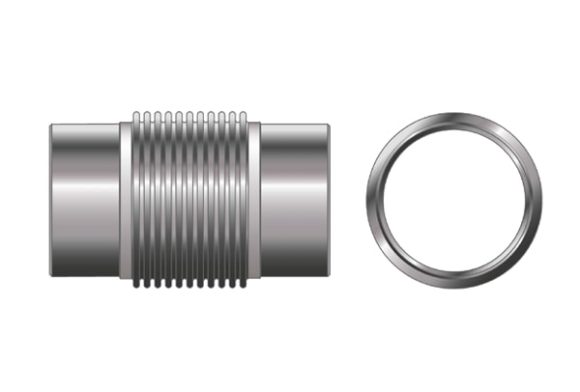
• Single Compensator
• Steel Welded Ends
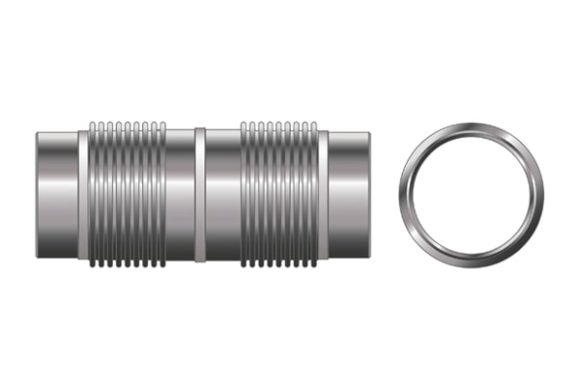
• Double Compensator
• Steel Welded Ends
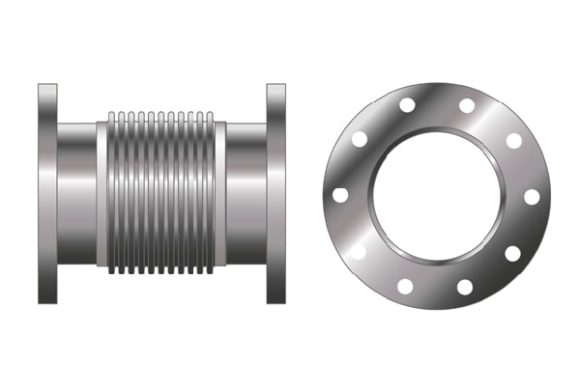
• Single Compensator
• DIN2573 PN6 Flanges

• Single Compensator
• DIN2576 PN10 Flanges

• Double Compensator
• DIN86044 Flanges
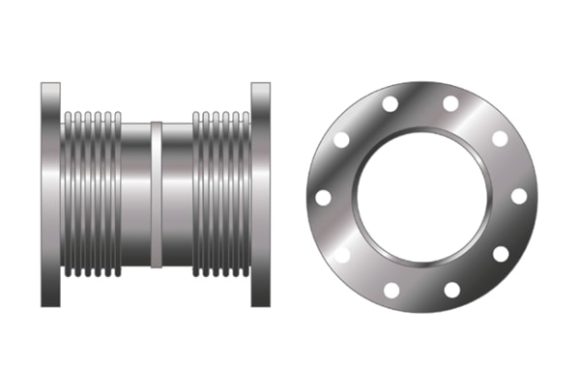
• Double Compensator
• DIN2573 PN6 Flanges

• Double Compensator
• DIN2576 PN10 Flanges

• Double Compensator
• DIN86044 Flanges

• Single Compensator
• Stainl. St. Welded Ends

• Single Compensator
• Compact

• Braided Compensator
• Flexible Hose
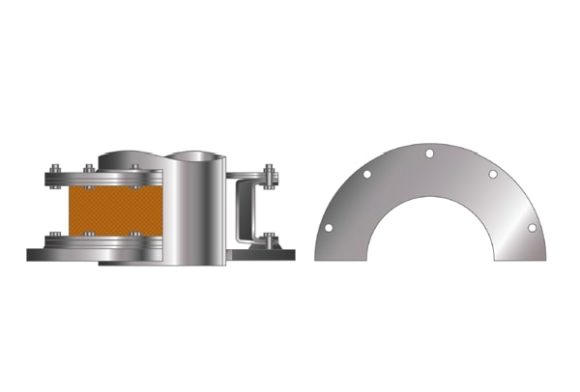
• Fabric Compensator
• Flanged
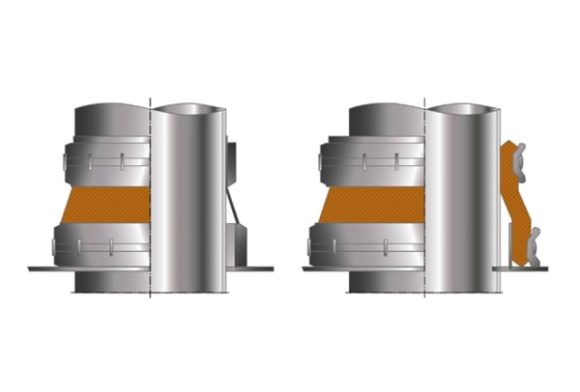
• Fabric Compensator
• Clamped
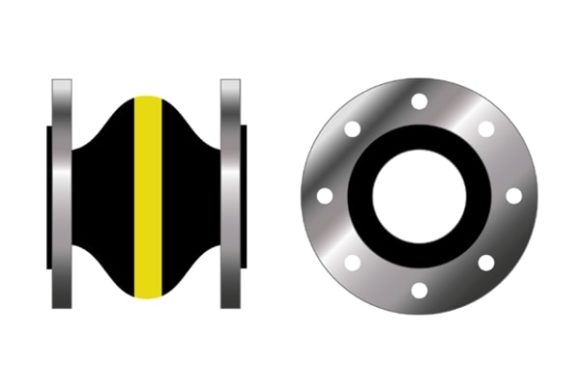
Axces BV
Ondernemersweg 12
4691 SL Tholen
The Netherlands
Phone: +31(0)166 603 285
Email: info@axces.com
Copyright Axces 2021